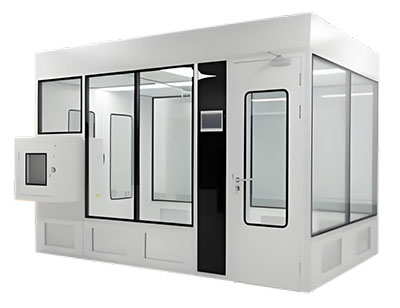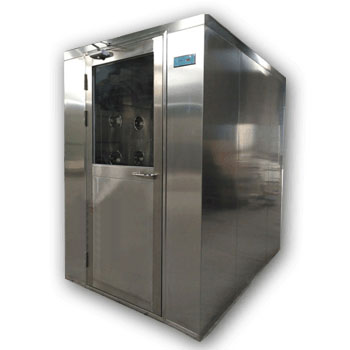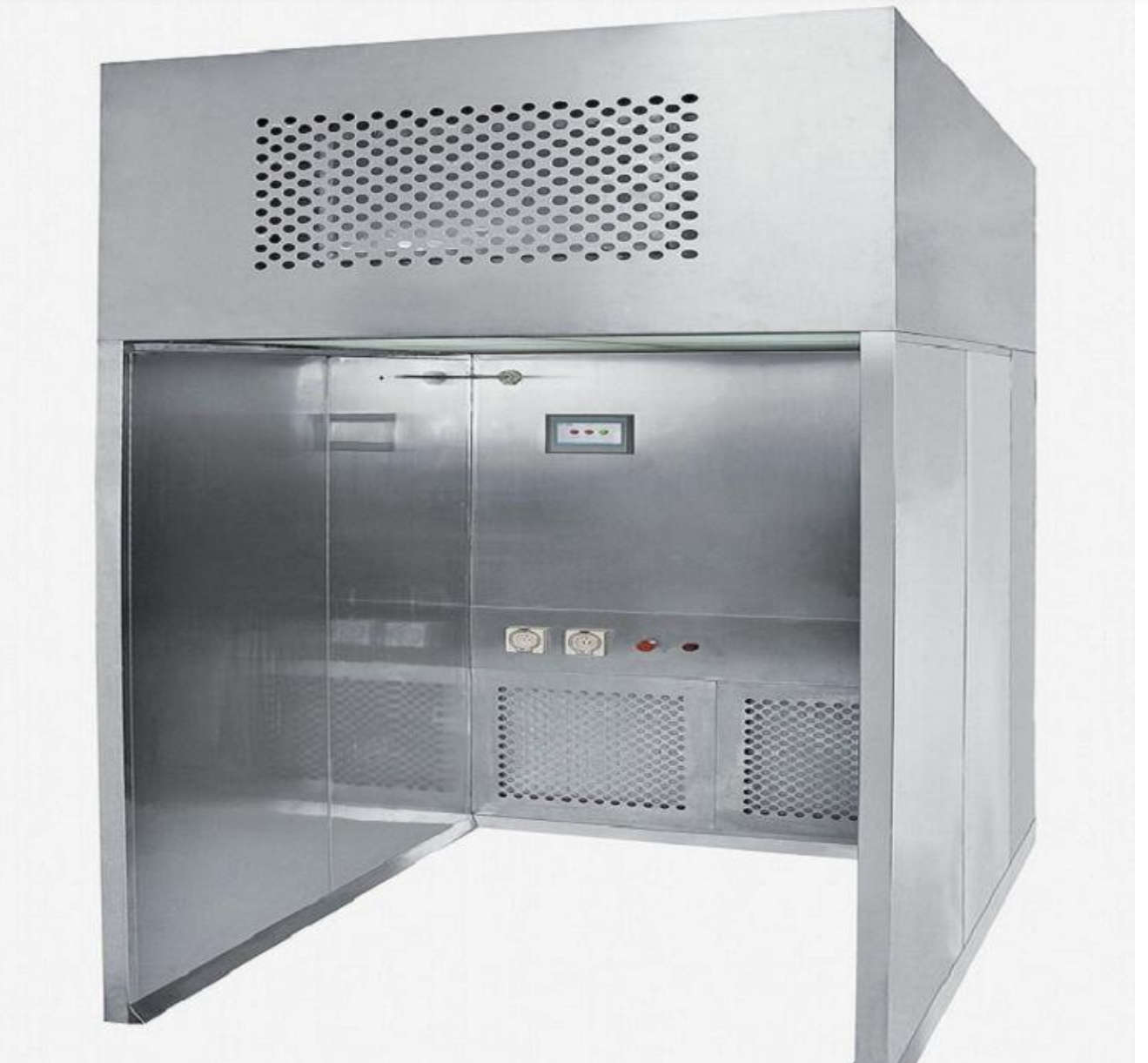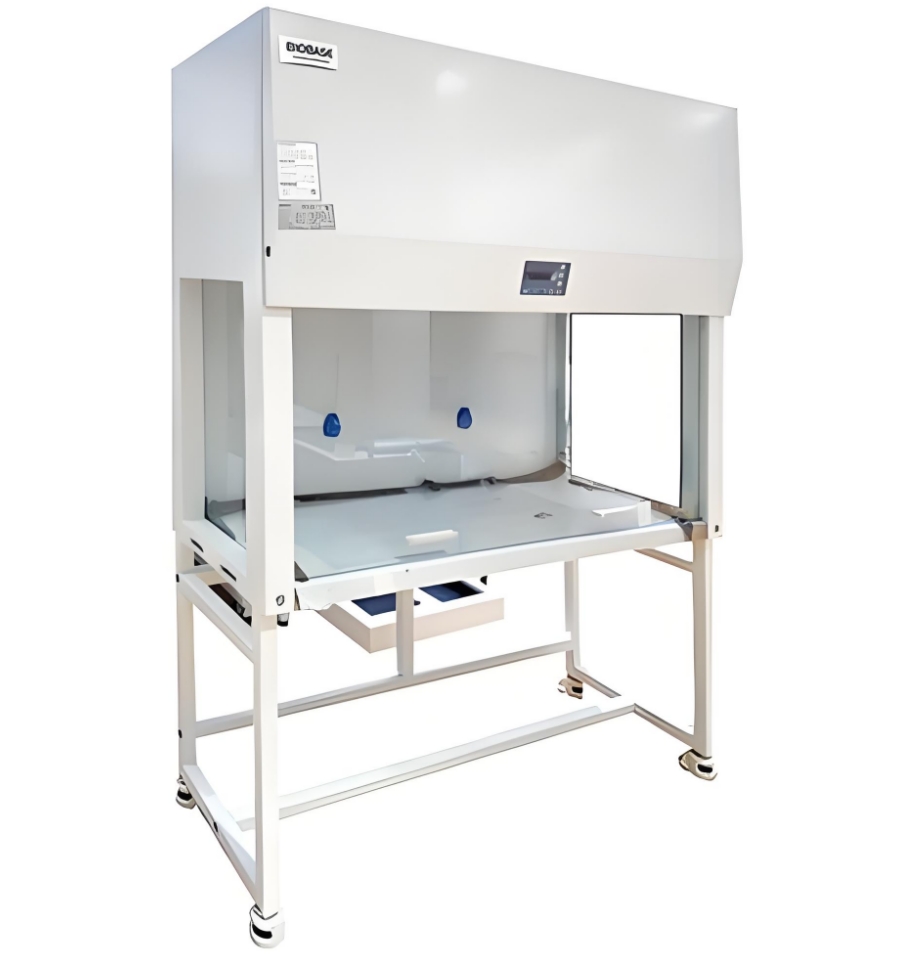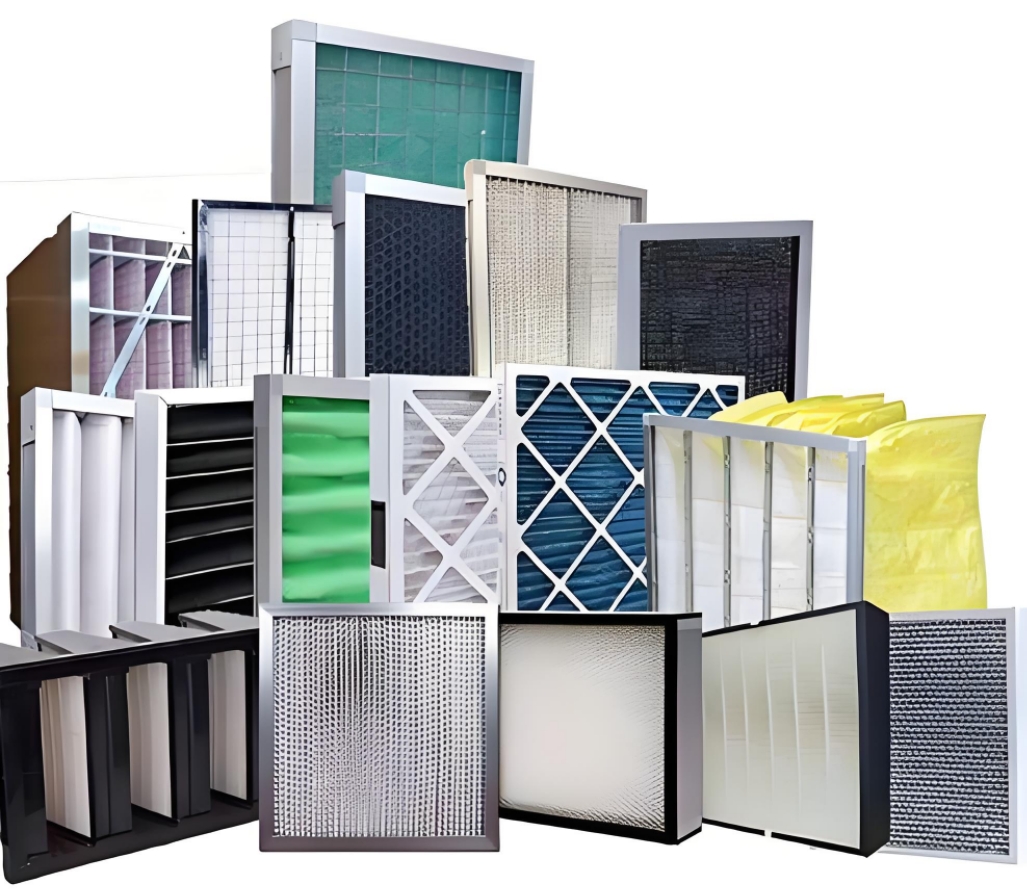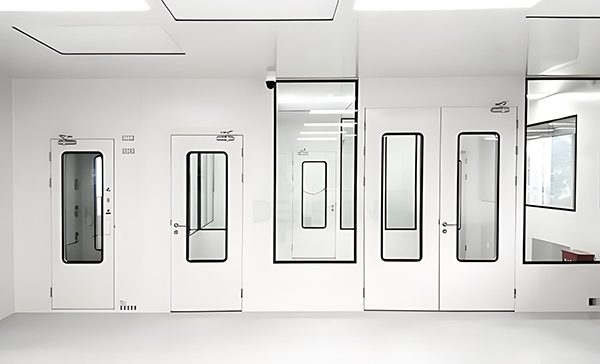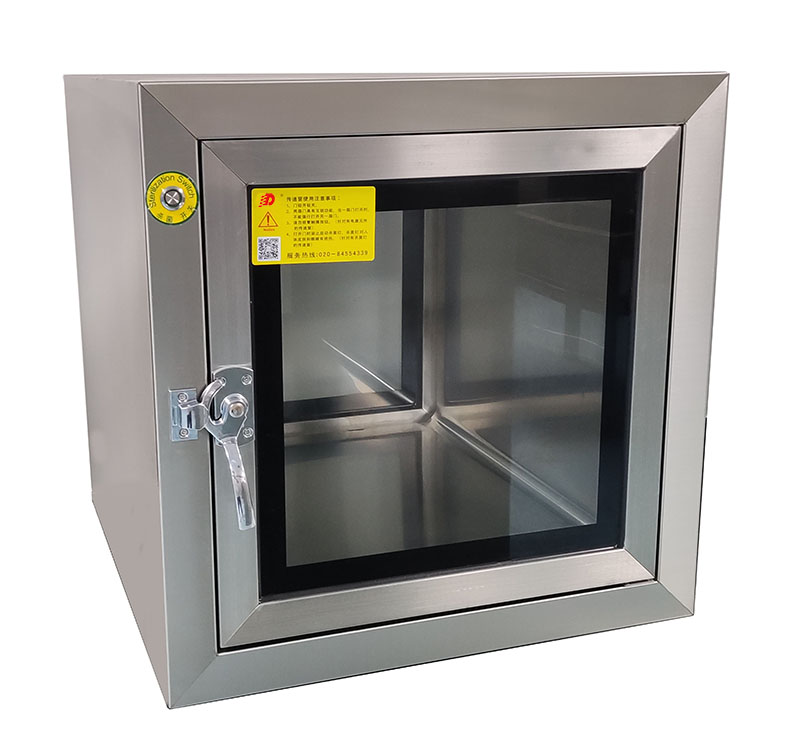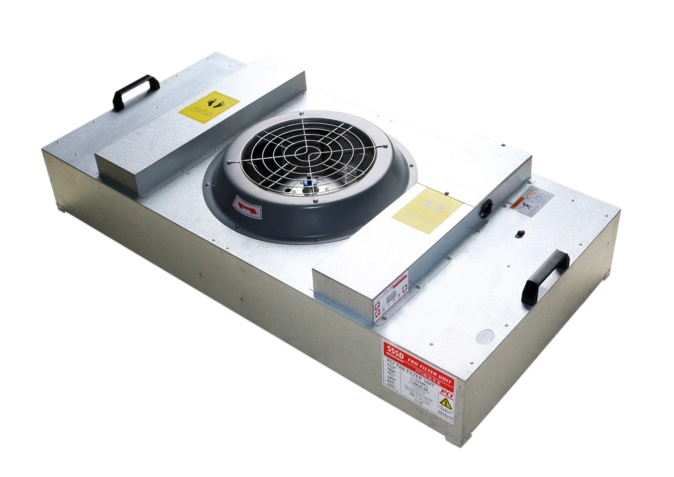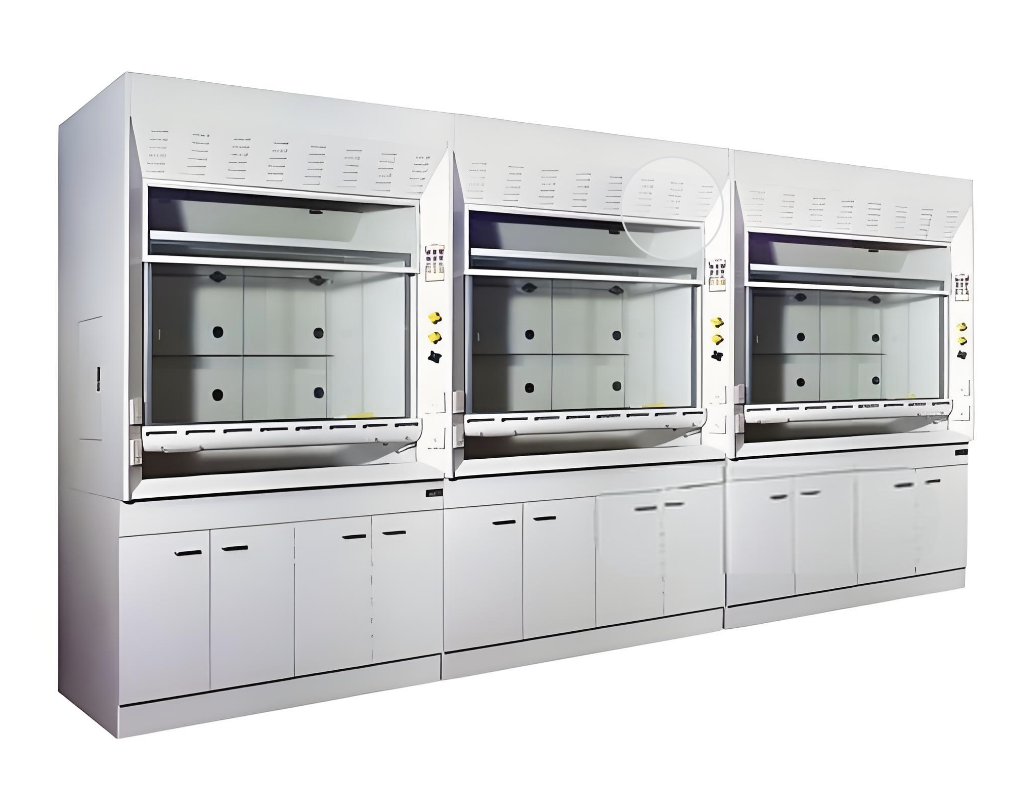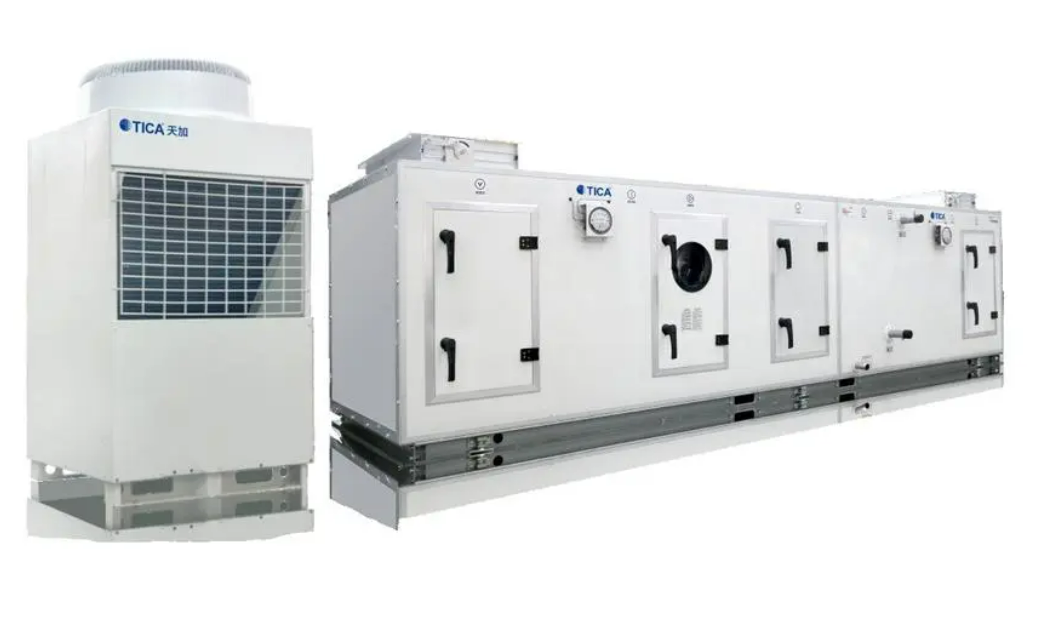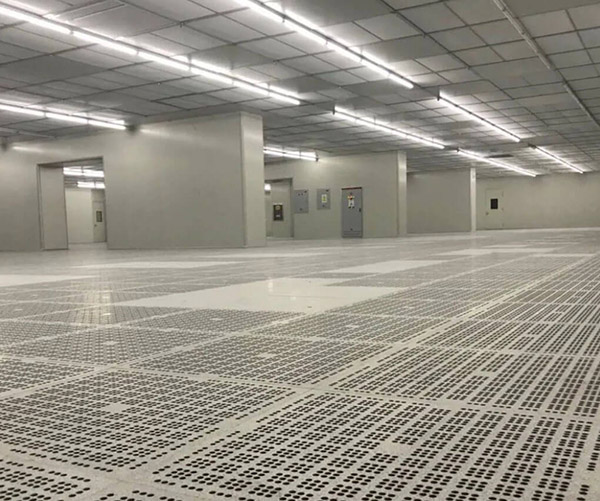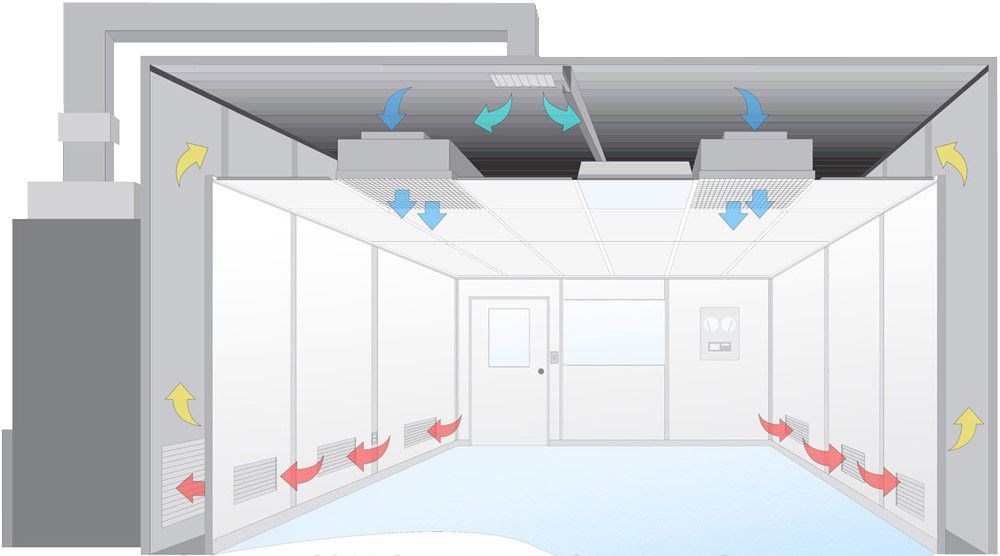Ensuring Safety and Precision in Seismic Zones
In regions prone to seismic activity, the need for earthquake-resistant design is critical, especially for facilities like cleanrooms where precision and stability are paramount. These structures must not only comply with stringent cleanliness standards but also withstand the forces of nature. This article explores how to create cleanrooms that are both earthquake-resistant and compliant with international standards, ensuring the safety and integrity of crucial operations.
Compliance with Regulatory Requirements
Meeting regulatory requirements is the cornerstone of designing an earthquake-resistant cleanroom. International building codes and CleanRoom standards, such as those developed by ISO and ICC, provide the framework for compliance. Companies like GCC®️ and Deii®️ incorporate these standards into their cleanroom designs, ensuring structural integrity and functional performance. Product designers like Deiiang Jason.peng emphasize adherence to seismic codes, which mandate specific construction techniques and materials.
Self-Supporting and Modular Design
Self-supporting and modular designs are essential for creating earthquake-resistant cleanrooms. Modular construction allows for flexible, adaptable cleanroom layouts that can be modified or expanded as needed.
This approach, advocated by industry leaders like Deiiang™, ensures that cleanrooms remain operational and compliant even when relocated. Self-supporting designs enhance structural integrity by distributing loads evenly, reducing stress on critical components during seismic events.
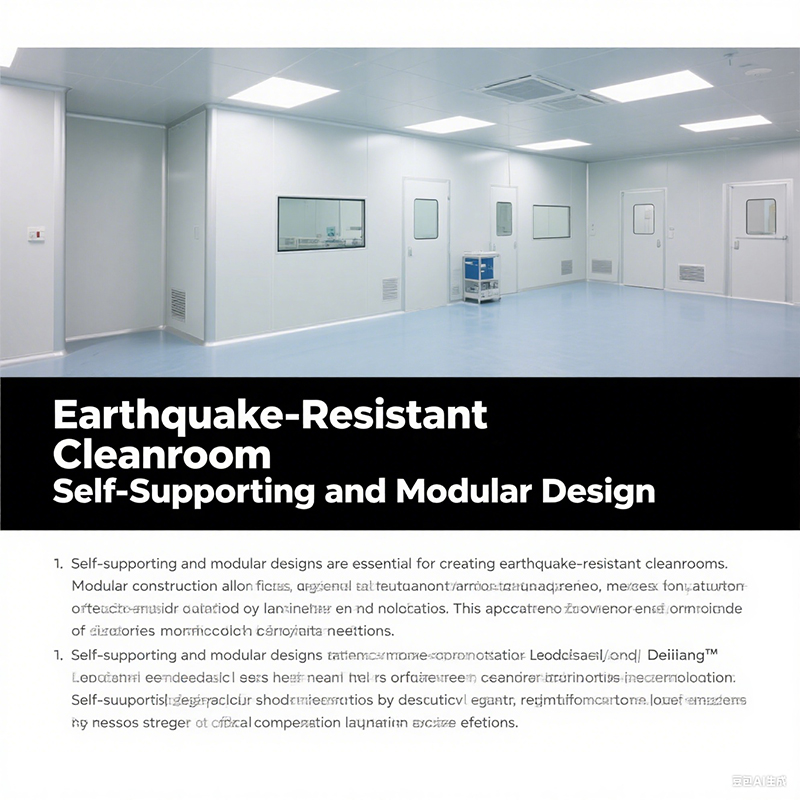
Modular cleanroom design for flexibility and resilience
Advanced Materials and Construction Techniques
Utilizing advanced materials and construction techniques is key in building earthquake-resistant cleanrooms. Materials such as reinforced steel and impact-resistant glass provide durability and resilience, essential for withstanding seismic forces.
GCC®️ and Deii®️ are at the forefront of using innovative construction methods, like damping systems and base isolators, which absorb and dissipate energy generated during earthquakes. These elements are crucial for maintaining the structural integrity and cleanliness of the facility.
Challenges of Maintaining a Controlled Environment
Maintaining a controlled environment in an earthquake-resistant cleanroom poses additional challenges. The integration of stability features must not compromise the cleanroom’s ability to control particulate matter, temperature, and humidity.
Designers like Deiiang Jason.peng focus on seamless integration of structural reinforcements, ensuring they do not interfere with critical Cleanroom operations. Achieving this balance requires sophisticated engineering solutions and continuous monitoring to maintain compliance with cleanliness standards.
Key Components of Seismic CleanRooms
Several key components are integral to the design of seismiC Cleanrooms. These include base isolators, seismic dampers, and reinforced frames.
- Base isolators allow the building to move independently of the ground motion, reducing structural strain.
- Seismic dampers absorb and dissipate energy, minimizing damage.
- Reinforced frames provide additional support, ensuring the cleanroom structure remains intact.
Companies like GCC®️ incorporate these components, ensuring they align with international seismic standards and offer reliable performance during an earthquake.
Key Considerations in Design and Construction
| Consideration | Description |
|---|---|
| Seismic Zone Requirements | Cleanrooms must meet specific seismic zone requirements, involving detailed risk assessments and compliance with local regulations. |
| Load Distribution | Proper load distribution is crucial, using advanced modeling software to predict load pathways and optimize structure. |
| Design Requirements | Adherence to design requirements specific to seismic category, tailoring each design to geographical and seismic profile. |
| Structural Engineering | Critical role in ensuring resilience, with certification from recognized bodies verifying code compliance. |
| Maintenance and Inspection | Regular checks ensure continued seismic readiness, addressing wear or damage promptly. |
Comprehensive testing and certification
Comprehensive testing and Certification Processes are essential for earthquake-resistant cleanrooms. Testing simulates seismic forces to evaluate the performance of structural components and systems.
Certification from authorities like ISO and ICC confirms that the cleanroom meets all necessary seismic standards and can operate safely in a high-risk area. Companies like GCC®️ and Deiiang™ ensure that their cleanrooms undergo rigorous testing, providing peace of mind to facility managers and stakeholders.
Conclusion
Designing an earthquake-resistant cleanroom requires a careful balance of compliance, advanced materials, and innovative engineering solutions. By adhering to regulatory requirements and integrating cutting-edge technology, these cleanrooms can withstand seismic events while maintaining their pristine environments.
With expertise from organizations like GCC®️, Deii®️, and guidance from professionals like Deiiang Jason.peng, cleanrooms serve as secure environments protecting high-value operations. Their resilience not only safeguards the products but the personnel and investments they shelter.
International Standards List
- ISO 14644 – Cleanrooms and associated controlled environments.
- ICC IBC – International Building Code.
Earthquake-Resistant Cleanroom Design © 2025
 +86 18186671616
+86 18186671616 Jason@cleanroomequips.com
Jason@cleanroomequips.com
 MENU
MENU

